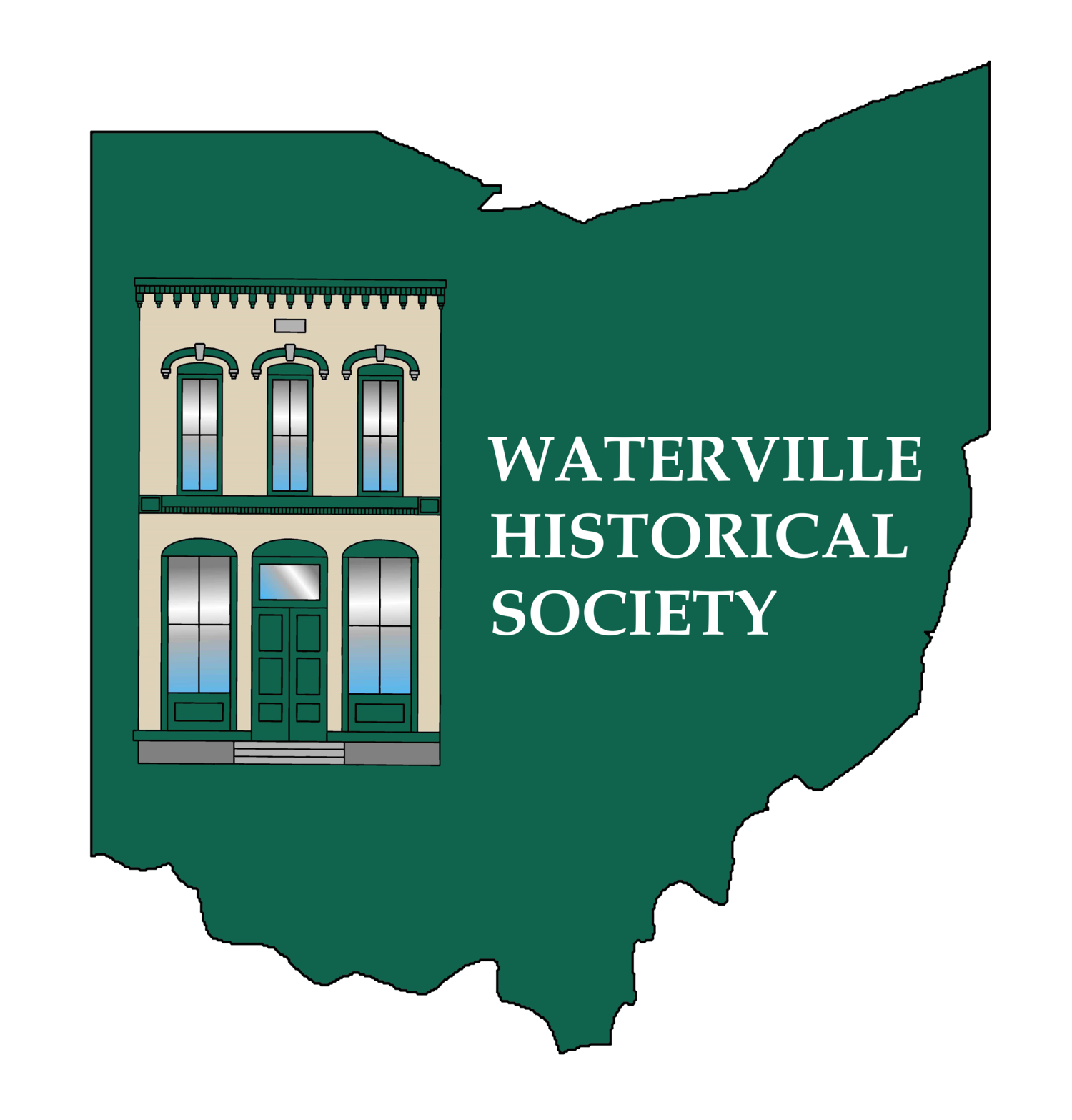Who was Howard Good?
Howard Good
Several of our recent articles have mentioned Howard Good and the large collection of his artifacts and memorabilia donated to the W.H.S. Archives. Howard died in 1967 so some of our readers may remember, but let me fill in some details. Howard was born in 1885 and grew up on a farm in the Black Swamp region of Van Wert County. A bright and curious young man in that period in our history when we transitioned from the horse and wagon era to the mechanical age. Howard put himself through engineering school at Ohio Northern University, graduating in 1915. He married Grace Clay in 1914 and after spending a few years in Washington, D.C. as an editor of the “The Pathfinder” magazine the young couple moved to Waterville in 1919. Later in 1925 Howard took a mechanical engineering job at the Kerscher Elevator Co. in Toledo. Why Waterville? It seems that his Uncle Franklin Hook was the minister of the Waterville M.E. Church from 1904 to 1906 and Howard had visited here often. Both came to love this village and Franklin Hook moved back to Waterville in the late 1920s and served as mayor from 1932-1935.
Howard was a man of many talents. He became interested in photography as a young man. His first camera was a wooden bellows type that took pictures on light sensitized glass plates that had to be developed in a home darkroom. Roll film and commercial developing and printing would come later. It was a life-long obsession and the Wakeman Archives now has a collection of Howard Good photographs, some capturing life in Waterville from late 1920s through the 1960s. He was also active in civic affairs, serving on the Waterville council in the late 1920s and 1930s and for six years, using his engineering skills, as chairman of the planning commission in the 1930s and 1940s. While serving on the planning commission he drew a number of maps of the village showing streets, zoning and utilities, many of which are now preserved in the Wakeman Archives. He also created a new subdivision called River Terrance on property he owned north of the village along the Maumee River. His daughter, Marian, and her husband Wilson Morris built their riverfront home there. Howard drew up the plans for the house and also created building plans for a new fire station for the village at 4th Street and Farnsworth (not built) and for a Whitehouse municipal building, again donating his talents and skill. Not surprisingly as an engineer, Howard was something of an inventor and applied for patents on some of the “gadgets” from his fertile brain. He also was a writer, contributing to the Toledo Blade and several magazines and journals, especially in his retirement years after 1948. His wife, Grace also served as the Waterville editor of the Standard newspaper and as a reporter for the Toledo Blade and Sunday times. His most ambitious retirement work was to write a book about the Black Swamp farm where he grew up. This work was hand typed through many revisions by his daughter Marian Morris who lived nearby. The book was finally complete and was published by Ohio State University Press just a month after his death in 1967. Howard and Grace are buried in Wakeman Cemetery
